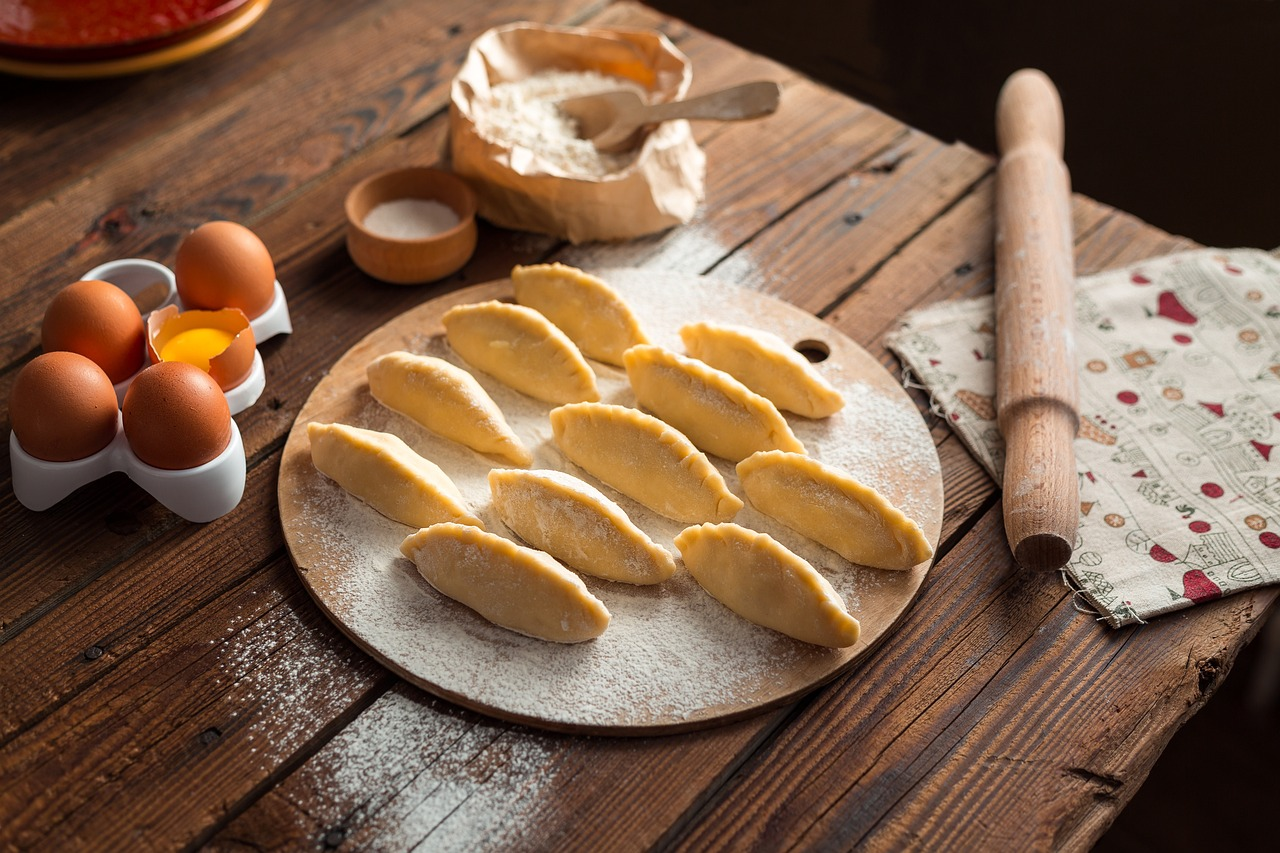Toxin Free Kitchen

September 6th, 2024
What’s Wrong with Modern Kitchen Cookware?
Modern cookware dishes are full of “forever chemicals” that leach toxins into food. These chemicals never go away but we can reduce our exposure by being aware of what they are in and by reducing the amount we bring into our home, starting with cookware. Today there are no regulations on the amount of per- and polyfluoroalkyl substances (PFAS) allowed in an item. Here is a quote directly from the FDA site that allows this.
Since the 1960s, the FDA has authorized specific types of substances that contain PFAS for use in food contact applications. Substances containing PFAS are used for their non-stick and grease, oil, and water-resistant properties. PFAS that are authorized for use in contact with food generally fall into four application categories: Nonstick coating applications; sealing gaskets for food processing equipment; manufacturing aids; and grease-proof agents for paper food packaging. (Center for Food Safety and Applied Nutrition)
All that is required is for the chemicals to be included in a list on the cookware. But why are they still being manufactured and used when we know how toxic and lasting they are? Ultimately, it boils down to the fact that they are convenient. It is convenient for the business trying to sell a product and convenient for the consumer. The “better” the non-stick quality, the more appealing the product is to the consumer who will save time by not putting as much elbow grease into cleaning their pans. But what will that time-saved cost? Years of toxic chemicals leach from those same pans into the food you eat that is cooked or stored in them. The amount of chemicals leached into food is increased when food is heated in PFAS-containing cookware. Making an informed decision on what type of cookware is used in the kitchen can have a long-term effect on you or anyone who uses them.
3 Types of Non-toxic Kitchen Cookware
- Cast Iron
This amazing non-toxic product will last your lifetime! Cast Iron is made from metal alloys, mainly iron. It is heated and then poured into a mold to make pots and pans. These pots and pans are weighty and quite versatile in the cooking world. They are commonly used on the stovetop, over campfires, and in the oven. What makes cast iron appealing in the modern world is it does not leach chemicals into food unlike non-stick and other common cookware pans available today. All non-stick cookware contains forever chemicals like PFAS that leach into food. Cast iron is a great way to avoid these chemicals.
- Stoneware
Food-grade stoneware is a great option, as an alternative to toxic baking dishes. Similar in manufacturing to cast iron, stoneware is a heavyweight dish that is fire-heated to create a dense ceramic dish. It is an excellent option for baking, although care should be taken to avoid rapid temperature changes making stoneware susceptible to cracking. Placing the stoneware in the oven as it is preheating helps to prevent it from cracking. The key to baking with stoneware is to grease the pans with butter or oil before using them. Being made from stoneware clay, it is an eco-friendly and natural way to go.
- Stainless Steel
High-quality stainless steel is a heavy-duty but lighter-weight material than cast iron or stoneware. Pure stainless steel is naturally non-toxic but some stainless steel is mixed with other metals and may contain nickel, making it less resistant to wear. You also want to watch out for stainless steel that has the coating for a nonstick property because it will likely contain PFAS or other chemicals. Overall, it is durable and therefore, a long-lasting investment! The only downside is without having a nonstick property it will take more fat or oil to grease the pan. But if you use grass-fed tallow or butter, ghee, or coconut oil it’s better for you anyway. (And it’ll taste better too!).
Conclusion & Other Resources
When purchasing your kitchen cookware and utensils it is important to think of the lasting effects they can have on your health and the environment. Reading the label can help you identify if an item contains toxic chemicals or a combination of non-toxic materials and toxic ones. A good place to start is by swapping out your frequently used kitchen items that are plastic or you know have forever chemicals in them. An easy, fun, and eco-friendly way to make this switch is by thrifting! Stop by your local thrift store and consider buying preowned quality cookware. This is an inexpensive way to make a change. Making the switch may not happen all at once; give yourself the grace to do what you can while taking your health back into your own hands.
CitationsCenter for Food Safety and Applied Nutrition. “Authorized Uses of Pfas in Food Contact Applications.” U.S. Food and Drug Administration, FDA, www.fda.gov/food/process-contaminants-food/authorized-uses-pfas-food-contact-applications. Accessed 9 May 2024.
